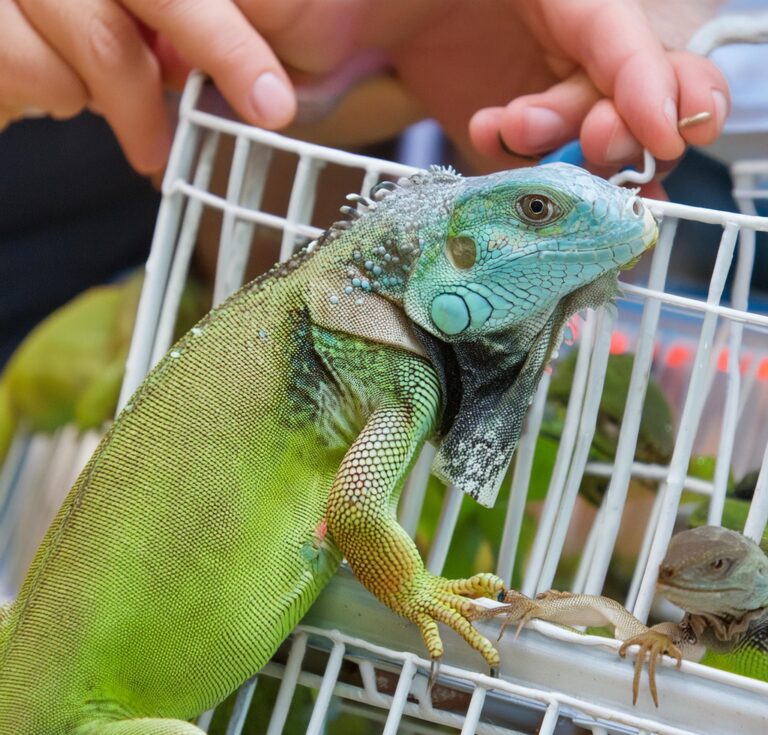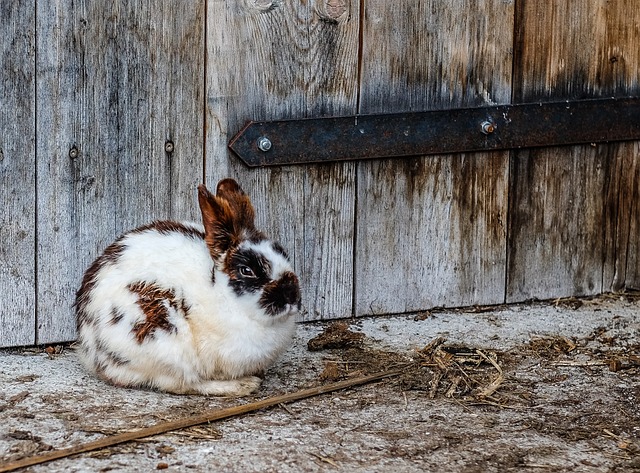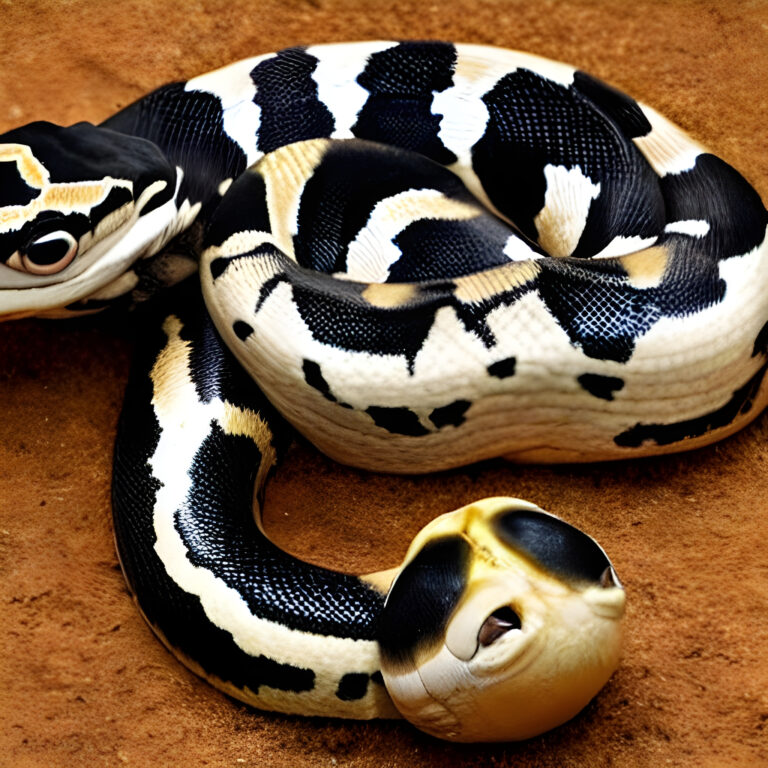Unveiling the Enigmatic Crested Gecko Behavior and Communication Secrets!

Cracking the Code: Unveiling the Enigmatic Crested Gecko Behavior and Communication Secrets
Are you ready to delve into the fascinating world of crested geckos? These enigmatic creatures have captured the attention of reptile enthusiasts and pet owners alike with their unique behavior and communication patterns. In this article, we will unravel the secrets behind the behaviors exhibited by crested geckos, shedding light on their mysterious ways.
Understanding Crested Gecko Behaviors
Crested geckos, also known as eyelash geckos, are natives of New Caledonia and possess a distinctive crest of skin running from their head to tail. While they may appear docile and calm, these geckos have a complex language of their own. By understanding their communication signals, you can build a stronger bond with your pet and ensure their well-being.
Crested geckos exhibit various behaviors that serve different purposes. For example, tail-waving is often seen as a way to communicate territorial dominance. It is a fascinating display of their unique personality and can be observed during interactions with other geckos or even humans. Another intriguing behavior is hopping, which is often observed when they are exploring their surroundings or feeling threatened. Understanding these behaviors will help you better communicate with and care for your crested gecko.
Creating a suitable environment for your crested gecko is crucial for their well-being. Providing them with hiding spots, climbing structures, and a balanced diet will allow them to exhibit their natural behaviors and thrive in captivity. Additionally, maintaining optimal temperature and humidity levels in their enclosure is essential for their overall health and happiness.
Crested Gecko Communication Methods
From their peculiar vocalizations to their impressive displays, crested geckos use various techniques to communicate their needs and emotions. By paying attention to their body language and vocal cues, you can gain valuable insights into what they are trying to convey.
Decoding Crested Gecko Body Language
Crested geckos have a unique way of expressing themselves through body language. By observing their posture, tail position, and eye movements, you can decipher their moods and intentions. For example, a raised tail can indicate aggression or a defensive posture, while a relaxed and lowered tail suggests a calm and content gecko. Understanding these subtle cues will enable you to respond appropriately and provide the necessary care.
Crested Gecko Vocalizations and Their Meanings
While crested geckos are not known for their vocal abilities, they do produce certain sounds that convey specific messages. These vocalizations include chirping, hissing, and barking. Chirping is often associated with mating and territorial disputes, while hissing is a defensive response to perceived threats. Barking, on the other hand, is a rare vocalization that usually occurs during intense territorial disputes. By recognizing and interpreting these vocalizations, you can better understand your crested gecko’s needs and emotions.
Social Interactions Among Crested Geckos
Crested geckos are solitary creatures in the wild, but they still engage in social interactions, especially during breeding seasons. Understanding their social dynamics will help you provide an enriched environment for your gecko and ensure their overall well-being.
During the breeding season, male crested geckos may become territorial and engage in aggressive displays to establish dominance. Females, on the other hand, may signal their readiness to mate through specific behaviors and postures. It is essential to provide enough space and hiding spots for each gecko to avoid unnecessary conflicts.
Tips for Interpreting Crested Gecko Behavior
Interpreting crested gecko behavior requires careful observation and understanding of their natural instincts. Here are some tips to help you decode their behavior:
- Observe body language: Pay attention to their posture, tail position, and eye movements to gauge their mood and intentions.
- Listen to vocalizations: While not as vocal as some other reptiles, crested geckos do produce sounds that convey important messages. Familiarize yourself with their vocal repertoire to better understand their needs.
- Learn their routine: Crested geckos are creatures of habit, and understanding their daily routine will help you anticipate their needs and provide appropriate care.
- Provide an enriched environment: Mimicking their natural habitat with climbing structures, hiding spots, and a varied diet will encourage natural behaviors and promote overall well-being.
Creating a Suitable Environment for Crested Geckos
Creating a suitable environment for your crested gecko is crucial for their overall health and happiness. Here are some key factors to consider:
- Temperature and humidity: Maintain optimal temperature and humidity levels in their enclosure to ensure their well-being. Use a thermometer and hygrometer to monitor these levels regularly.
- Hiding spots and climbing structures: Provide ample hiding spots and climbing structures to mimic their natural habitat and encourage natural behaviors.
- Diet and nutrition: Offer a balanced diet consisting of commercially available crested gecko food, supplemented with insects and fresh fruits. Research their dietary requirements and provide appropriate supplements as needed.
Common Misconceptions About Crested Gecko Behavior
There are several misconceptions about crested gecko behavior that often lead to misunderstandings. Let’s address some of these common misconceptions:
- Crested geckos require constant handling: While some crested geckos may tolerate handling, they are generally not as social as other reptiles. Respect their boundaries and provide them with a suitable environment where they feel secure.
- Tail loss is a sign of a sick gecko: Crested geckos have the ability to drop their tail as a defense mechanism. It is a natural behavior and does not necessarily indicate illness.
- Crested geckos are nocturnal: While crested geckos are primarily nocturnal, they can also be active during the day. Provide a balanced light cycle to accommodate their natural behavior.
Conclusion
Unveiling the secrets behind crested gecko behavior and communication is a fascinating journey into the world of these enigmatic creatures. By understanding their unique language and behaviors, you can build a stronger bond with your pet and ensure their well-being. Remember to provide a suitable environment, decode their body language and vocalizations, and respect their natural instincts. Cracking the code to crested gecko behavior will unlock a deeper understanding and appreciation for these captivating creatures.
Must Read: How Long Do Crested Geckos Live? Get Ready to Be Amazed!






One Comment